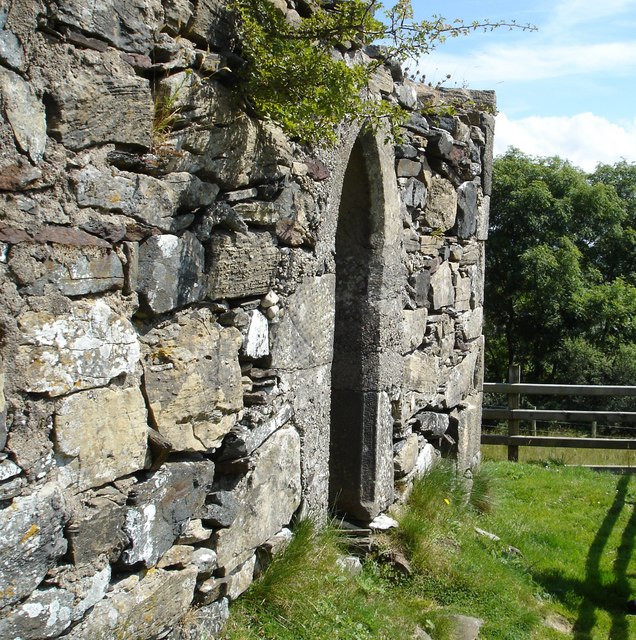
In the British Isles, the ancient Celtic Christians spoke curiously of certain places in their experience as being “thin.” In these places, they believed, this world and the otherworld were nearer to one another, the veil between them being “thinner” than in other places. It is probable that the belief in thin places precedes the introduction of Christianity to the Celts, but even if it is pre-Christian in origin, this idea is one which is also thoroughly Christian in its essence, not because of some doctrinal statement by the Church, but because of a basic human understanding of the interaction of the divine and the created, especially the human.
From the Christian point of view, we have to ask ourselves what is it that makes certain places “thin.” It cannot be that there is some inherent material element in a place that makes it “thin,” for while we might point to many mountain-tops as thin places, we can also find caves and pits in the earth which show forth a special sanctity. Neither open spaces nor closed-in ones are exclusively characteristically thin, nor even are places untouched by human architecture exclusively so. What draws all these places together seems to be summarizable in one word: pilgrimage. What they all have in common is that human beings have thought of them as places to go where we get in touch with the divine. Whether they are forests or caves or deserts or churches or huts or mountains or islands, thin places are destinations for divinity. And in being so, they are therefore places of prayer.
It is prayer that sets man most completely apart from the rest of creation. We have the ability to communicate with the divine. We do not offer up only wordless obedience to God as the rocks, the plants and the animals, though of course we do say such poetic things as that the heavens declare the glory of God. But nothing else in creation goes to a place to pray. While we believe that we can and should pray everywhere, there’s just something about pilgrimage. Whether our pilgrimages are long journeys to far-off lands or only the few steps from our bedroom to our icon corners at home, we have a sense that prayer involves going to a place to make it most effective.
What we as Orthodox Christians are called upon to do is to make our places, wherever they are, into thin places. God made us all to be the priests of creation, to offer up creation to Him in prayer and thanksgiving. And in receiving that offering, He sanctifies it and returns it to us as a vehicle for our sanctification. When a Christian takes that vocation to heart and continually prays for years in the same place, giving it his love and his attention, then that place becomes holy. It becomes a thin place, a place where the divine breaks through from the otherworld and into this world.
When someone finds himself in such a thin place, he finds himself freed from the slavery of this world. He feels that he has possibility. He is almost overwhelmed at the power of the place, because there is God! Those of you who have made pilgrimages to places sanctified especially by centuries of prayer know what I am speaking of. A holy place helps to make us fully human, to heal our humanity, to set us free from the shackles of the fallenness and falseness we carry around with us everywhere. There’s just something about those places, that there we know we can be better, nobler, higher, truer, more beautiful.
And this connection between true humanity and the holiness of a place is reciprocal, as well. A holy place makes us more human, but a human being who is dedicated to the life that God has created for him makes a place holier. The holiness radiates from the holy person into his environment, and the holiness of a place permeates those who visit it.



Thank you for this, Father. I heard you speak of “Thin Places” in your podcasts and was intrigued by the idea, although I wasn’t sure I understood it very well. This part of your talk is a great help.
I live in Scotland and in the past have visited Iona and Lindisfarne, both of which you mentioned. Iona especially seems to have stayed with me in some way ever since.
Ah… you probably know I love this entry, as we’ve spoken of thin places in the past. I hope you write a book on this particular topic someday.
I’ve thought about what makes a place thin, and your commentary here is helpful. I’ve a desire to make our gardens surrounding our home thin places (at least, to do my part to begin this process)…with this season’s goal to incorporate outdoor icons among the flowers — and most importantly, as you mentioned, prayer along with the work.